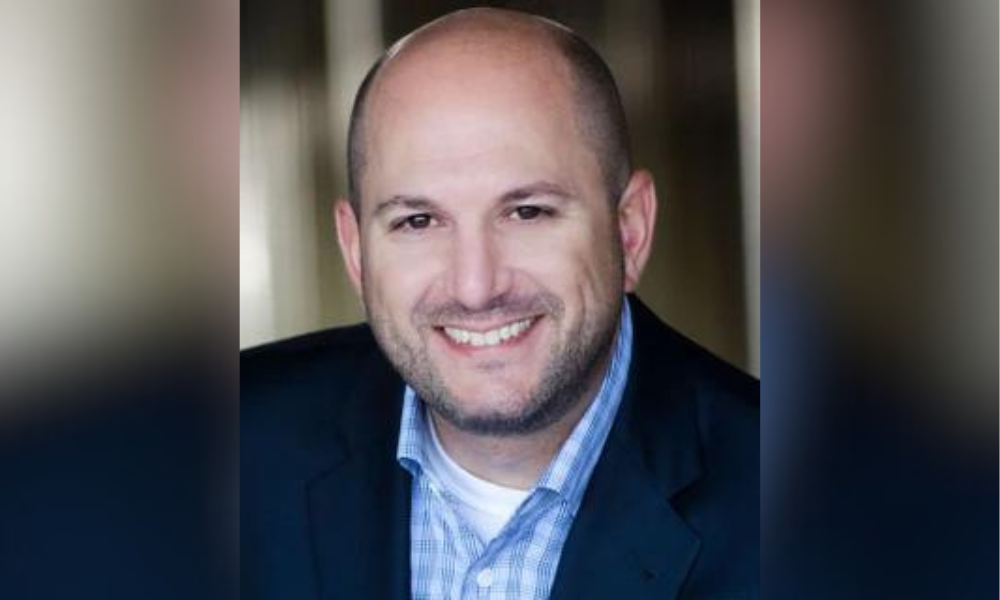'Culture is an outcome, and it's up to us to shape it' says CEO and book author

Most health and safety professionals know the importance of workplace culture cannot be overstated. It's the heartbeat of any organization's safety initiatives, and it often spells the difference between a thriving, secure workforce, and one fraught with hazards.
"Culture is not something; it's an outcome of many, many decisions you make," claims Jim Vaselopulos, CEO of Rafti Advisors, and the author of a new book titled 'CLARITY: Business Wisdom to Work Less and Achieve More.'
Vaselopulos has a unique perspective on workplace culture, which he shares in his book. He argues that culture is not a root cause of problems but rather a symptom. In other words, culture reflects an organization's values, as evidenced by the decisions made daily.
 The book is centered around the idea of focusing on what truly matters, eliminating distractions, and ensuring that every action aligns with the organization's core values. "The goal is to try and get people to look at the right things so they can put the limited resources that they have - time, money, and effort - into the things that move the needle most," explains Vaselopulos.
The book is centered around the idea of focusing on what truly matters, eliminating distractions, and ensuring that every action aligns with the organization's core values. "The goal is to try and get people to look at the right things so they can put the limited resources that they have - time, money, and effort - into the things that move the needle most," explains Vaselopulos.
For health and safety professionals, this perspective has significant implications. The pursuit of a strong safety culture is a common objective, but it's not enough to have safety slogans on the wall. Vaselopulos emphasizes the importance of aligning these statements with actions. "Culture is an outcome of decisions we make on a daily basis. It's ultimately the manifestation of what an organization truly values."
To health and safety professionals facing the challenge of improving safety culture within their organizations, Vaselopulos offers valuable advice. He suggests becoming more involved in the decision-making processes, particularly budgeting and scheduling. "You have to get more involved in issues that don't seem to be as related to safety, but they impact it indirectly," he advises. By understanding the constraints and pressures faced by decision-makers, safety professionals can advocate for changes that truly support a safer workplace.
Navigating relationships with key decision-makers, such as C-suite executives, may pose challenges, but Vaselopulos believes building relationships based on understanding is crucial. "Start with what is important to them," he advises. By demonstrating empathy and comprehending the broader constraints and concerns faced by executives, health and safety professionals can foster more collaborative discussions that lead to safer work environments.
Vaselopulos' book presents these insights in a relatable, story-driven format. He believes that presenting complex concepts in context makes them easier to absorb. Through the stories of three different businesspeople facing various challenges, readers can identify with real-world situations and apply the wisdom gained from the book to their own professional endeavors.
"Culture is an outcome, and it's up to us to shape it," says Vaselopulos. Understanding that culture is an outcome of daily decisions and aligning actions with core values is key to fostering a robust safety culture.





